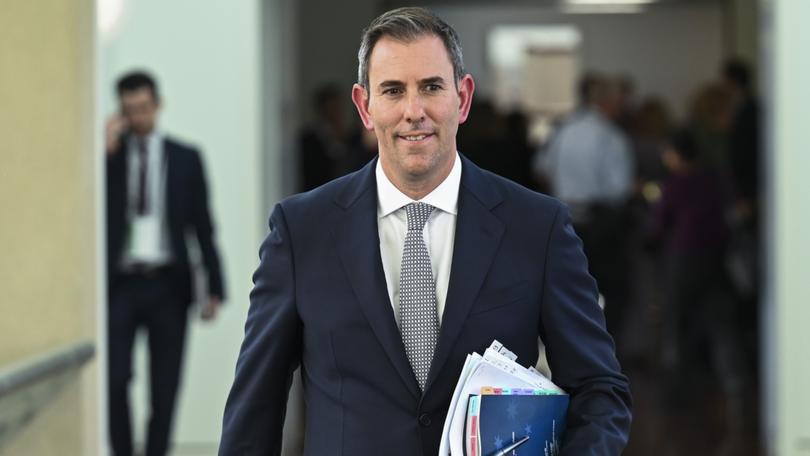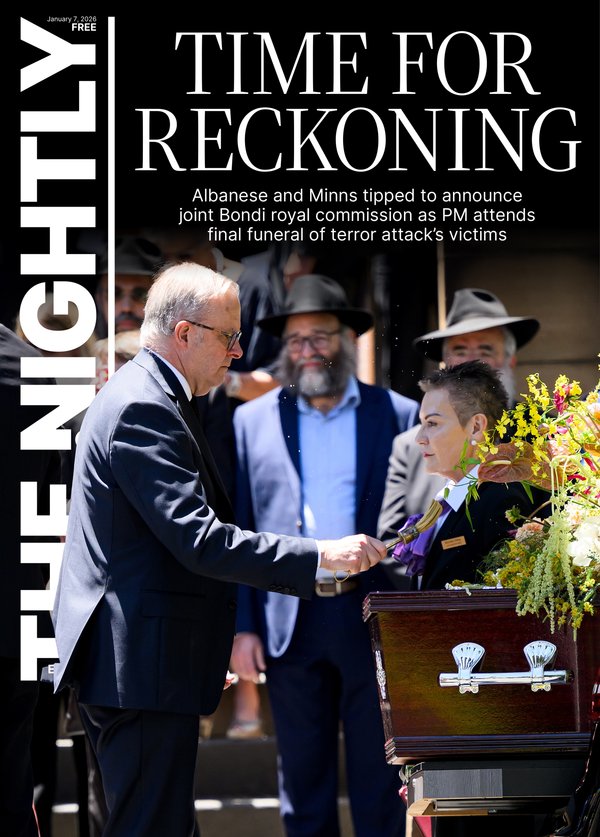Annual inflation rate slides to 3.6pc in March quarter, slightly higher than tipped, likely to delay rate cuts

Don’t expect an interest rate cut any time soon. That’s the blunt message from economists who now reckon the Reserve Bank of Australia will have to keep rates on hold for longer after inflation came in hotter than expected.
Though the annual rate to March 31 fell to 3.6 per cent from 4.1 per cent in the December quarter, inflation ticked up one per cent in the March quarter, higher than the 0.6 per cent increase in the December quarter. Rents, medical services and education were the biggest drivers.
The achievement of inflation slowing to its lowest level since 2021 has been marred by the quarterly increase being above expectations and is now expected to batter under-pressure home borrowers for longer.
Sign up to The Nightly's newsletters.
Get the first look at the digital newspaper, curated daily stories and breaking headlines delivered to your inbox.
By continuing you agree to our Terms and Privacy Policy.The RBA next announces its determination on rates on May 7. Westpac Group chief economist Luci Ellis pushed back expectations for the RBA’s first rate cut from September to November.
“The RBA will keep rates steady at its upcoming meeting,” Dr Ellis said. “It will probably continue to be cautious about services inflation and domestic pressures broadly for a few months yet.”
Quarterly the largest increase in the rate was in Brisbane, up 1.1 per cent, with Canberra, Sydney and Melbourne also up one percent. Perth had the lowest quarterly rise, up 0.6 per cent. It means on an annual basis, the highest inflation rate is in Adelaide, where it is 4.3 per cent, and lowest in Hobart at 3.1 per cent.
“Prices, as measured by the CPI, are up 20.4 per cent since mid 2019 and it will take a prolonged period of real wage growth before households feel at all comfortable with what is a permanently higher average price level,” IFM Investors chief economist Alex Joiner said.
Betashares Australia chief economist David Bassanese said there was one saving grace — usual start-of-year price hikes in health, education and child care were largely responsible for the quarterly increase.
“All up, it is stubborn strength in rents and insurance costs (included in financial services) that are most at fault in keeping inflation above pre-COVID levels — over which interest rates have little direct control,” he said.
“But the RBA would also be concerned to see stubborn pricing pressure across a range of other market services — which could reflect the flow on effect of strength in non-wage costs, but also recent gains in wages especially with the leisure and hospitality sectors.”
Mr Bassanese also pushed out his expectations for rate cuts to be closer to Christmas than mid-year.
Treasurer Jim Chalmers said the Federal Government was making progress in lowering inflation, saying the rate had nearly halved in the past two years when it took office. Dr Chalmers will reveal his next Federal Budget within weeks.
“It is encouraging to see inflation continue to ease in our economy, particularly when it is ticking up in other parts of the world and at a time of heightened global uncertainty, made worse by the recent escalation of the conflict in the Middle East,” he said.
“In the May Budget, the Albanese Government will seek to balance the ongoing fight against inflation with the need to gear our economy for growth.
“(It) will lay out a strategy that is fit for the times and responds to the changing risks at home and abroad.”
But Shadow Treasurer Angus Taylor said Australians were paying the price of what he called the Government’s economic mismanagement.
“With three weeks to go until the Federal Budget, we’re yet to see any signs from Labor that it’s taking inflation seriously. All we’ve had so far are broken promises and ideological crusades,” he said.
“Australian families have seen their standard of living crushed under Labor, and there is absolutely no plan from this government to restore it.”
AMP deputy chief economist Diana Mousina said the RBA may even discuss a rate hike at next month’s meeting.
“(The) data removes the chance of any near-term rate cut,” she said. “But we think we can still see a rate cut by the end of the year as the leading indicators of softer employment growth, lower inflation and subdued consumer spending remain in tact.”
ANZ had expected rate cuts from November, but senior economist Catherine Birch said the latest data could skew that to be even later.
“While these quarterly figures are lower than last year, signalling disinflation in domestic prices pressures, they still appear too high to be consistent with target inflation,” she said.
EY chief economist Cherelle Murphy was more circumspect on the impact for the Government.
“Today’s result doesn’t give the Government much room to move as it finalises its 2024-25 Budget, with any additional discretionary public spending likely to be read as unwarranted by a household sector hoping for rate cuts,” she said.
“The re-acceleration in quarterly CPI supports our view that rate cuts are not a done deal anytime soon.
“There are ongoing threats to further, sufficient declines in inflation. New supply chain risks and rising oil prices from escalating tensions in the Middle East; ongoing strong demand for housing; and a tight labour market will continue to concern a Reserve Bank determined to get CPI back into the target band from mid-2025.”
The Reserve Bank, via its interest rate rises, is targeting the inflation rate to fall back between 2 and 3 per cent. The RBA next meets to determine interest rates in two weeks.
One of the key metrics, trimmed mean inflation, was 4 per cent, higher than expected. That measure is closely watched because it strips out volatile items such as food and petrol and travel. Though still down in the quarter, from 4.2 per cent, it’s higher than the RBA would like.
Inflation peaked at 7.8 per cent in late 2022, and had been on the rise earlier that year, sparking the RBA’s toughest rate hikes in a generation. Rates have soared from a record low of 0.1 per cent in May 2022 to 4.35 per cent.
In the year to March on a monthly basis, inflation was 3.5 per cent, up from 3.5 per cent in the year to February.
There was some good news for shoppers, with prices for meat and seafood, now in deflation. But food overall, including meals out and take-away, was up 0.9 per cent nationally over the quarter.
Originally published on The Nightly
